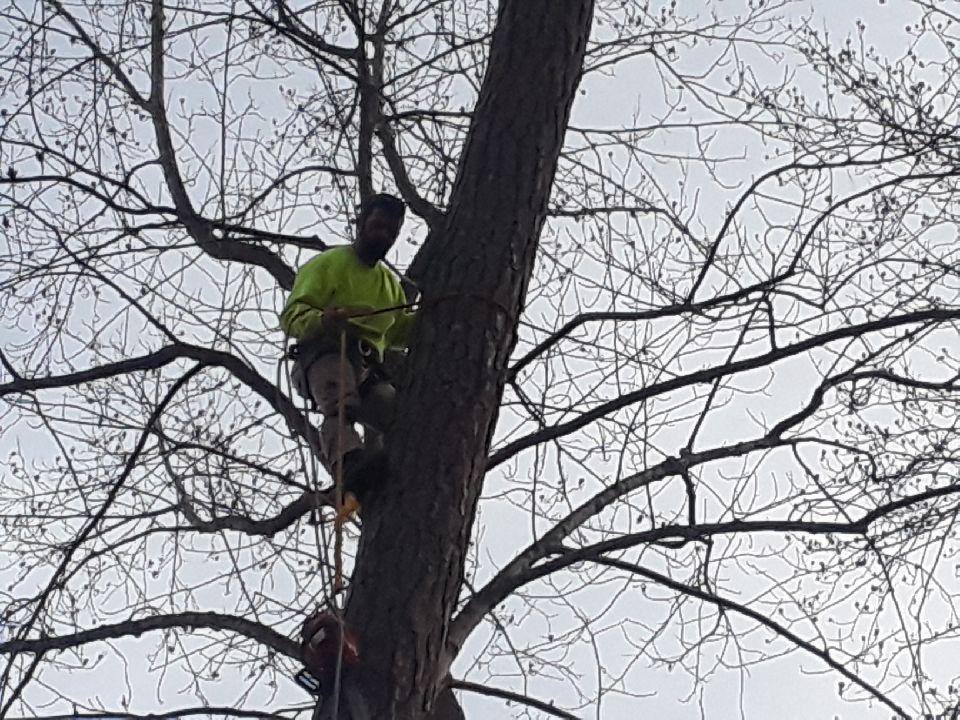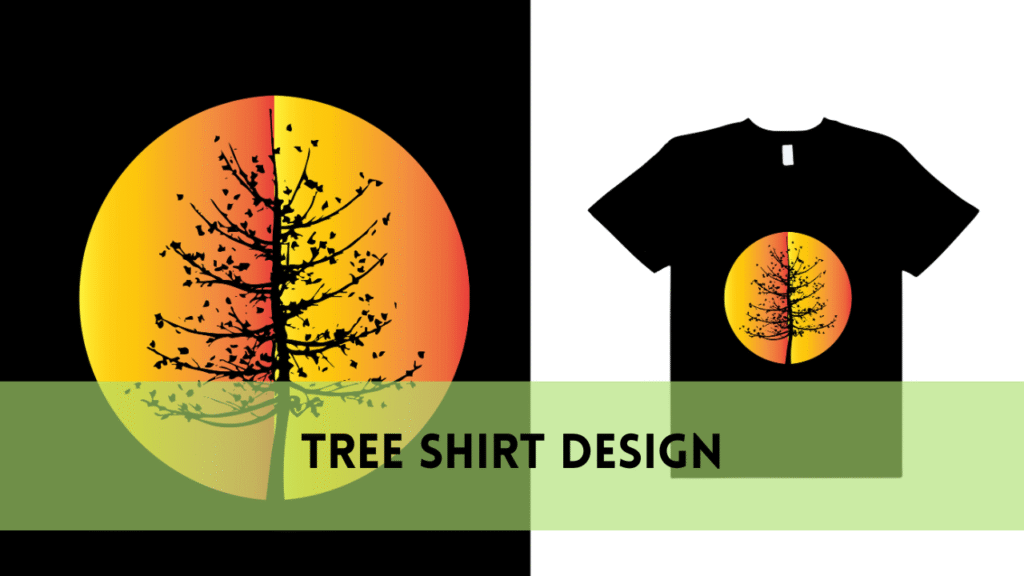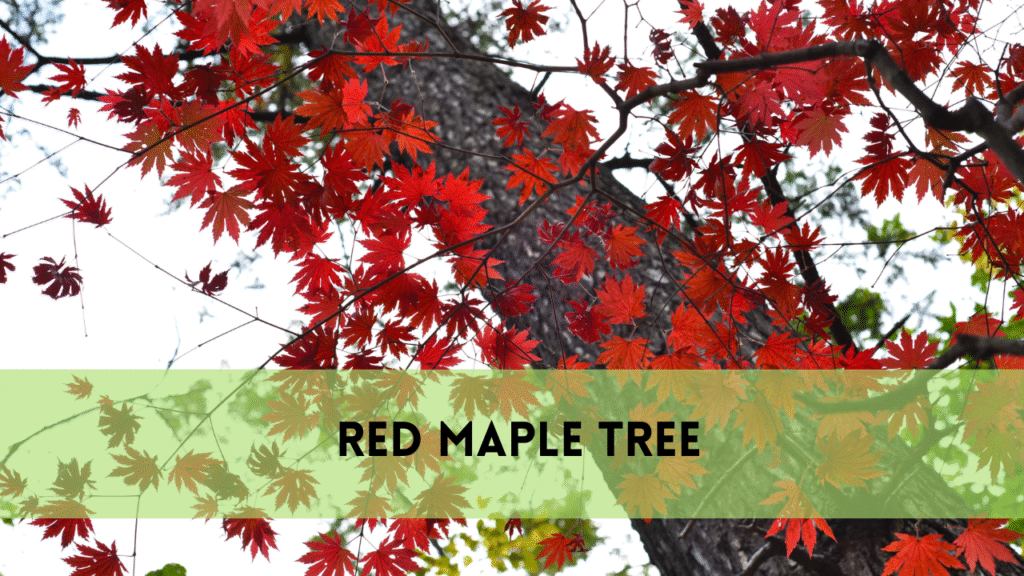How To Remove Beehives From Trees
A beehive in a tree might be a frightening situation. While bees are important pollinators for our ecosystems, a hive positioned close to human activities can bring risks and concerns. Whether you’re a homeowner looking to protect your family or a nature enthusiast interested in preserving these vital insects, understanding how to remove a beehive from a tree safely and ethically is critical. In this tutorial, we will go over step-by-step directions, safeguards, and best practices to guarantee that both you and the bees come out of the procedure unscathed, all while protecting the critical role bees play in our environment.
How To Remove Beehives From Trees
1. Determine the Type of Hive:
Begin by determining the type of hive you have. Knowing if it is home to honeybees, bumblebees, or wasps can help you decide on the best course of action. Honeybee hives, for example, are important pollinators that should be removed if they pose a serious hazard.
2. Determine the Situation:
Assess the beehive’s size and placement. Consider letting the hive alone if it is small and away from human activity. Many bee species are not aggressive by nature and will sting only in self-defense.
3. Personal Protective Equipment:
Wear protective clothing to prioritize safety
- A thick hoodie with snug sleeves and a pulled-up hood
- A balaclava or face mask
- A ski mask or protective eyewear
- Thick gardening gloves
- Long pants
- Thick closed-toe shoes
4. Working late at night or early in the morning:
Bees are less busy at night and early in the morning. To reduce the danger of bee hostility, schedule your beehive removal during these times. To keep the bees quiet, cover the hive with a cloth or tarp.
5. Build a Hive Box:
Prepare a beekeeping box or container to hold the bees after they have been removed. Ensure that the box contains frames for the bees to rest on.
6. Bee Smoking:
Puff cool, white smoke near the hive’s entrance with a bee smoker. This smoke accomplishes two goals: it relaxes the bees by interfering with their communication, and it covers their alarm hormones.
7. Destroy the Hive:
With a sharp knife or a specialized hive tool, carefully cut the beehive away from the tree. The goal is to extract the hive, which contains the queen and the majority of the worker bees. To avoid injuring the delicate comb, handle the hive gently.
8. Protect the Hive:
Insert frames into the hive box to secure it. To prevent bees from escaping during transportation, ensure that all gaps or openings are closed.
9. Hive transportation:
Move the hive box away from the original tree. Consult a local beekeeper or apiarist if feasible for advice on how to relocate the bees to a suitable beehive.
10. Seek Professional Assistance:
If the hive is very large or aggressive, or if you are unsure of the bee type, it is best to contact a professional beekeeper or pest management specialist for safe removal and relocation.
11. Clean the Area:
After removing the beehive, clean the area around the tree to remove any lingering pheromones or attractants that could attract other bees.
12. Prevent subsequent Hives:
Seal any tree cavities, hollows, or potential nesting locations to prevent subsequent hives.
Related Posts:
Why removing the beehive is important
Removing beehives from certain locations should be done with safety and consideration. While bees are important for pollination and play an important part in ecosystem maintenance, there are times when beehives must be removed for a variety of reasons:
1. Human Security:
The most important consideration is human safety. Beehives located in or near homes, schools, playgrounds, or high-traffic areas can pose a considerable danger of bee stings, especially to people who are allergic to bees.
2. Reactions to Allergens:
Some people are sensitive to bee stings, and a single sting can cause severe reactions, including life-threatening anaphylactic shock. Removing colonies near populated areas minimizes the likelihood of such incidents occurring.
3. Aggression Prevention:
If beehives perceive a threat to their colony, such as vibrations or loud noises, they may become violent. This hostility can endanger both people and pets.
4. Structural Deterioration:
As honey and beeswax collect, beehives in buildings or trees can cause structural damage over time. This can result in expensive repairs.
5. Disease Control:
In some situations, beehives may become infected with illnesses that spread to other colonies nearby. Removing infected hives can aid in the prevention of disease transmission among bee populations.
6. Coexistence in Peace:
It is critical to promote peaceful cohabitation between humans and bees. Responsible beehive removal and relocation ensure that both bees and people can thrive without conflict.
7. Beneficial Insect Protection:
We can conserve these critical pollinators and ensure their continued contribution to plant pollination and fruit and vegetable production by carefully relocating beehives.
FAQS
Is it necessary to eliminate every beehive I come across?
No, it is not necessary to eliminate every beehive you come across. It’s best to examine the issue first. If the hive is in a remote location and poses no threat, leaving it alone is typically the most responsible option.
What should I do if I come across a beehive near my home?
If you locate a beehive near your home, especially in an area with human activity, it is critical to prioritize safety. Contact a local beekeeper or a professional pest management expert to examine the hive and identify the best course of action.
Can I remove a beehive on my own?
While it is possible to remove a beehive on your own, it can be dangerous, especially if you are inexperienced. Handling bees necessitates the use of protective equipment and particular skills. It is frequently safer to seek professional assistance.
How do I recognize the bee species in the hive?
Identifying the bee species is critical for evaluating the level of risk and the best removal approach. If you’re unsure about the species, get advice from a local beekeeper or entomologist.
Are there any compassionate methods for removing and relocating beehives?
Yes, there are compassionate methods for removing and relocating beehives. Many beekeepers and pest control experts specialize in securely relocating hives, allowing bees to continue their critical role as pollinators.
Conclusion
Removing a beehive from a tree is necessary for safety reasons. It demands careful consideration and responsible practices. Prioritizing the well-being of both humans and bees is essential. Seek expert advice when in doubt, and always wear protective gear when handling the bees




